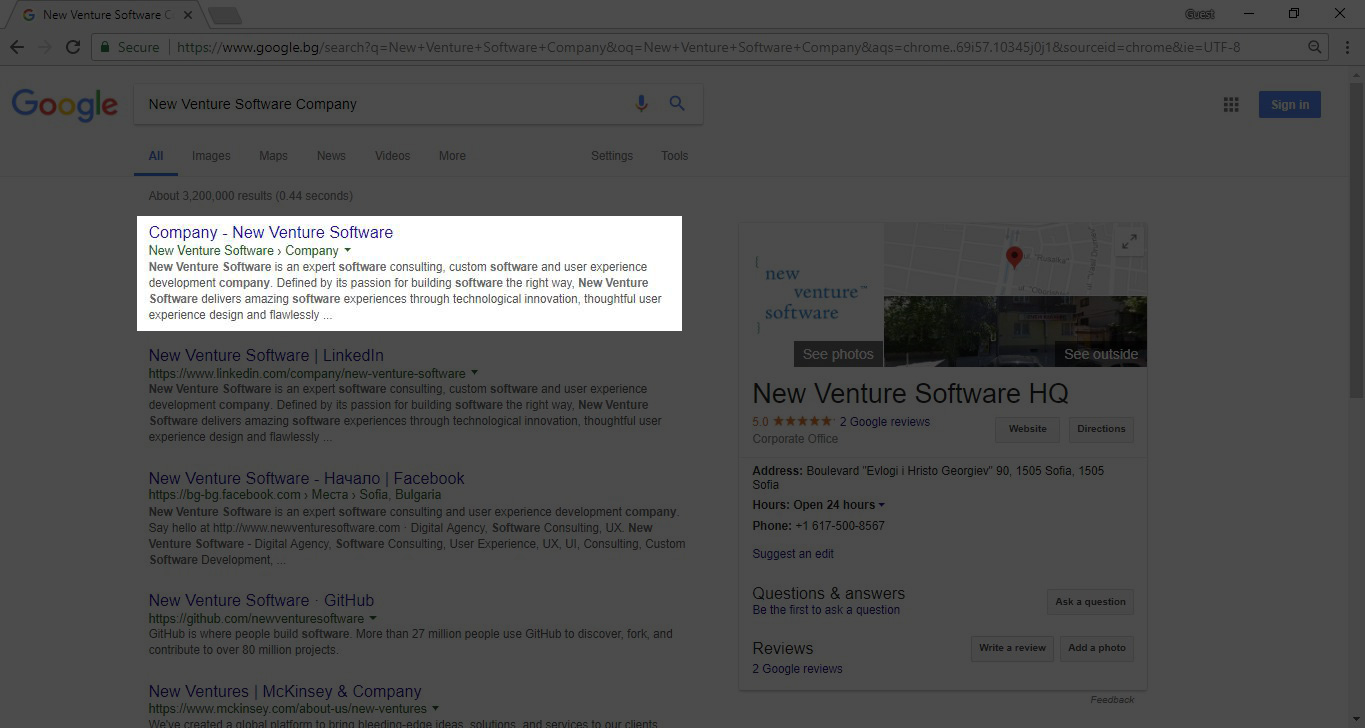How to Win the SEO Battle: Taking Advantage of Structured Data

Staying competitive in the SEO field where most conventional techniques can no longer help you keep ahead of the competition is becoming increasingly difficult, to say the least.
Not long ago, simply flooding your web page with the respective keywords and building a load of backlinks to point back to your website would do the job. The reality is, though, that everyone adopted those methods and nowadays they can no longer guarantee you a spot on the first page.
The natural direction of development SEs chose to follow was to focus on content quality by employing a user-first approach: nowadays, to be successful in your SEO efforts creating the perfect, machine-readable HTML document is merely the start of the process. What you need to focus on is what value the page content delivers and ensure it is readable by humans.
What is structured data and why is it important to SEO?
Structured data is the method search engines use to not only automatically crawl your website but to truly understand it. Some elements that seem readable to humans have no meaning to search engines – this is where structured data enters the game. Structured data gets added to each web page’s HTML markup to allow search engines to better understand your website’s content and then leverage this information to improve your search results rankings.
Back in 2011, the major SE’s (Google, Bing, Yahoo! and Yandex) got together to establish a standardized list of attributes which became known as Schema.org.
Those organizations that have started applying the Schema.org prescriptions will already see some of the benefits:
- Richer information about their product/service in search results, including styling and visuals:
- Mobile cards - richer information about search results for mobile users:
- Knowledge graph enhancements - additional information about their brand which shows up on the right-hand side of the SERP for branded searches. Google uses structured data to populate the Knowledge Graph box.
- Breadcrumbs have been added to their search results:
- Rich results for Accelerated Mobile Pages
You can also include structured data in your AdWords ads, by using structured snippet extensions.
These enhanced search results can also improve overall click-through rate (CTR) and drive additional traffic. Optimized CTR can also indirectly impact search rankings, as it’s a real user behavior signal to SEs.
Is structured data part of your website SEO strategy? If not, your business might be missing out an important opportunity to rank higher in search results!
How to get going with structured data
Rather than leaving structured data in the web developers’ domain, it’d be best if we could enable the non-technical marketing people (who are very much interested in optimizing their content and website presence) to take advantage of this new SEO technique. We wanted to come up with a solution that doesn’t force the marketer to go out of her way to enable structured data for her content.
The best way possible seemed to be a solution that would be a seamless part of their CMS experience – the place where most of the web content gets created and published anyway. It should be easy to install and used by non-technical people, and it should offer the ability to easily add structured data to every page by simply dragging and dropping, without having to worry about the right syntax and Schema.org requirements.
“Structuring” any type of content, from company boilerplates and About info to blog posts, web copy, and so on will bring the following key business benefits:
- SEs display much richer data about your page in search results, increasing your business’ visibility and website CTR.
- Increase overall business presence across channels by appearing not only in web search results but in Google apps as well.
- Structured data has not been adopted by many yet. This is your chance to stand out from the crowd and turn SEO into a competitive advantage.
- Your website content will be correctly recognized and classified by SEs which helps them better target the right audience for your business.
Applying structured data in Sitefinity
I created a structured data plugin for Sitefinity that is packaged as a drag-and-drop widget readily available to use straight from your Sitefinity CMS admin panel. Drop the plugin on any page you like to start displaying structured data to search engines. The plugin is secure, lightweight and easy to use. If you want to learn more about it please read here.




